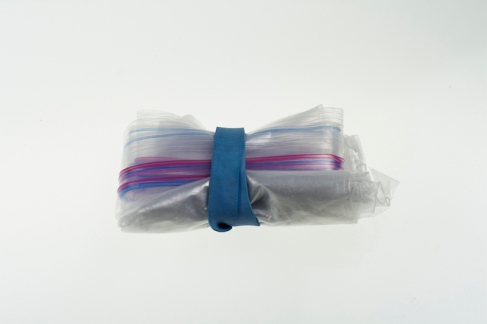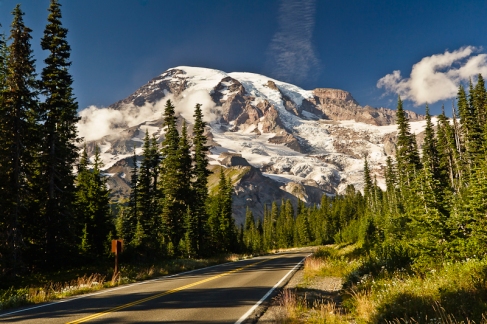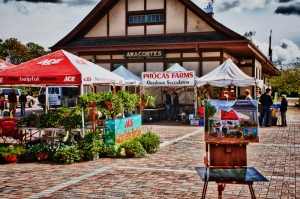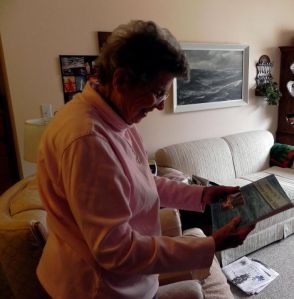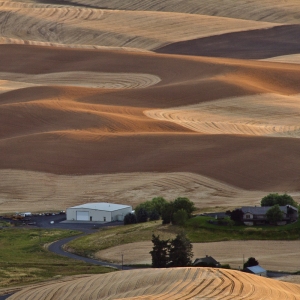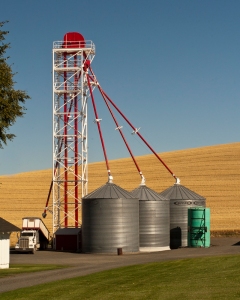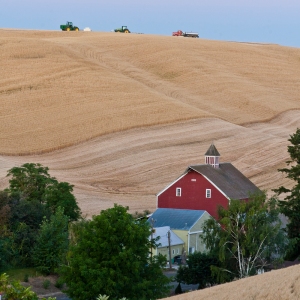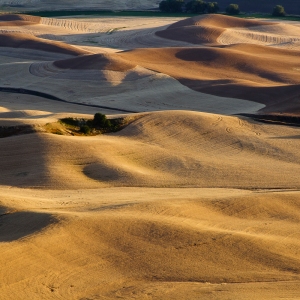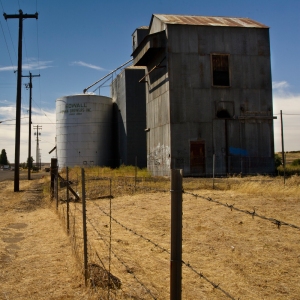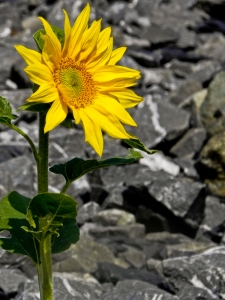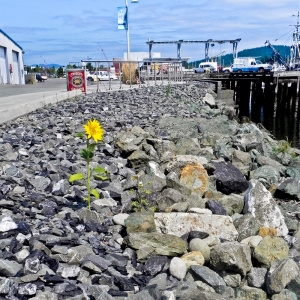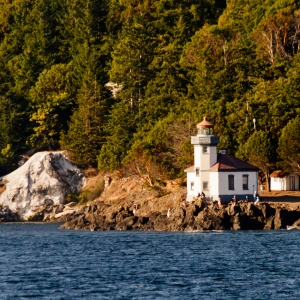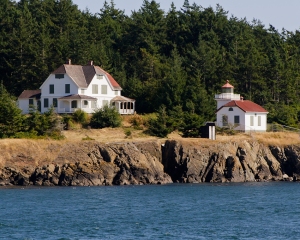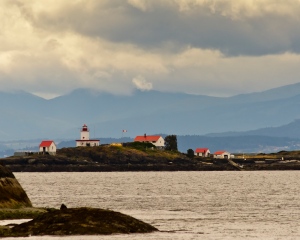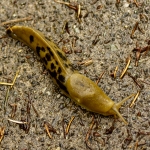Well, it was a nice summer, longer than normal for the Pacific NW, but now the first rains of the season are back. At least all the dust in the air will be washed out, giving us back that nice crisp air we miss.
With the rain, comes the need to protect your camera, doesn’t matter if you’re at home or on the road, traveling to fun locations. There are plenty of products on the market for protecting your camera from the elements, all have their plus’s & minus’s (hard to get your camera in, hard to get to controls, can’t use both hands, hands get sweaty inside the bag, etc.), most also take up more precious space in your camera bag, and cost a bit much for something that’s not going to see a whole lot of use.
Unless of course you’re shooting in a rain forest (which I may do this year, over in the Olympics), or like to do street photography in Seattle.
Or, as in this weekend, driving up to Anacortes and doing a World Wide Photo Walk with me in my home town. Those people that claim to be able to predict the future, aka weathermen, claim it’s going to rain pretty steady for us on Saturday. So, you might want to come prepared.
If it’s raining “cats & dogs”, we may have to alter our plans slightly. If it gets even worse (like hailing taxis), we may cancel, but I don’t think that’s going to happen. We get less rain in Anacortes, than the folks doing the Walks in Seattle will see.
So, with that, I’d like to share with you my cheap, home-made, reusable, takes up no room in camera bag, works great, very flexible to work with camera raincoat…
It’s simply a large ZipLock® bag. You’ve probably got a box of them at home already. If not, go visit your neighbor, have a chat, catch-up with what going on, and ask to borrow a large ZipLock® bag.
I cut a hole in the bottom seam of the bag, just large enough for my lens to fit through. Slide the camera into the bag, with the Ziplock® side at the back and the lens poking thru the hole I’ve cut. Cinch the bag around the end of the lens with a rubberband, slip on your lens hood and you’re set to go. It’s almost a perfect fit for a DSLR with medium zoom.
You can easily slide your hand inside to shot, easily slide the bag back to see your settings, easily slide the bag even further out of the way for those periods when it stops raining, and slide back into place when needed. Take a look.
Now, most any rubberband will work, instead of going out and buying a bag of them, I save the ones that come with the newspaper so I’ve always got spares. But the real good ones, like this big blue one here, are the ones that are on vegetables in the produce market. I think this came off of some broccoli. Sometimes carrots will come with a nice big thick rubberband around them too.
Now, the good part… Here’s what it looks like when I’m not using it —
Fits right into one of the small pockets in my bag, ready for quick deployment. Try that with some of those ready made bags!
Granted, those “real bags” are much more rugged, look more professional (or at least make you look like a professional), and all that, but I like my solution, as it has worked great for me for many years of shooting in the rain around the Pacific NW. Besides, I’ve got a whole box of camera bags in the kitchen and a drawer full of free rubberbands too.
Hope you find this useful, thanks for coming by, don’t forget to go to my Facebook page and LIKE Tony Locke Photography to keep learning more abut this crazy little hobby/trade we call photography — https://www.facebook.com/tonylockephotography
Tony


